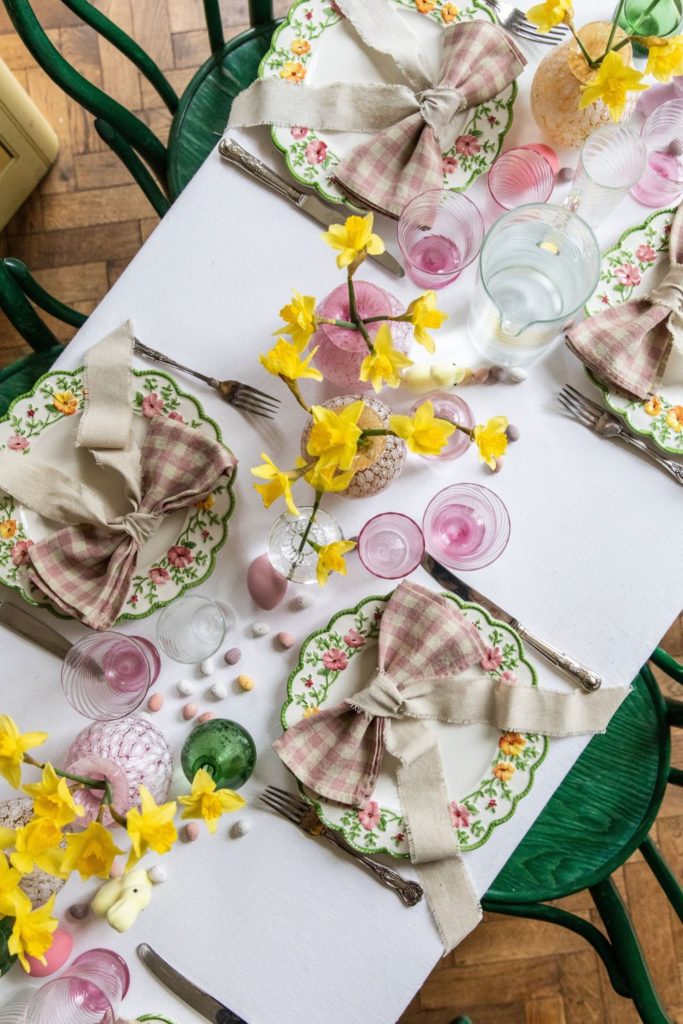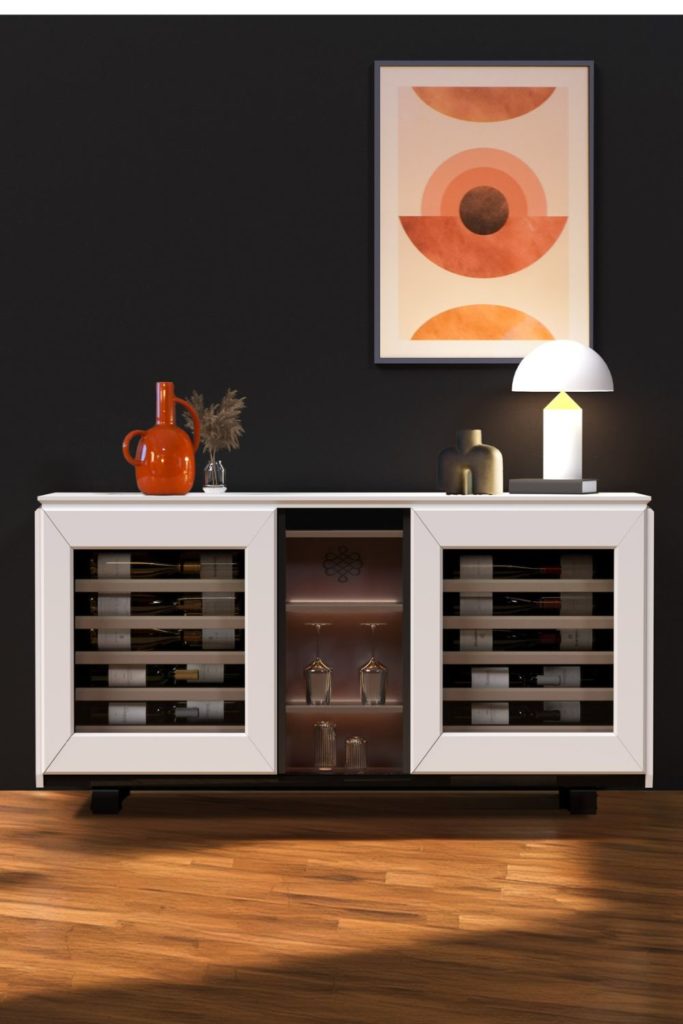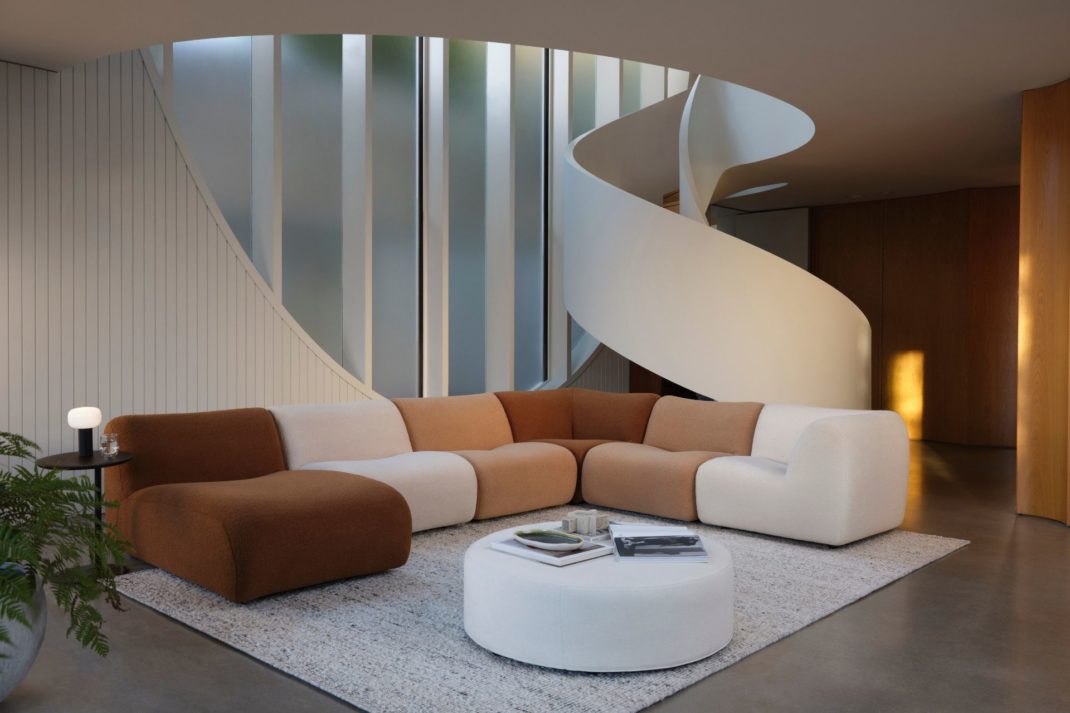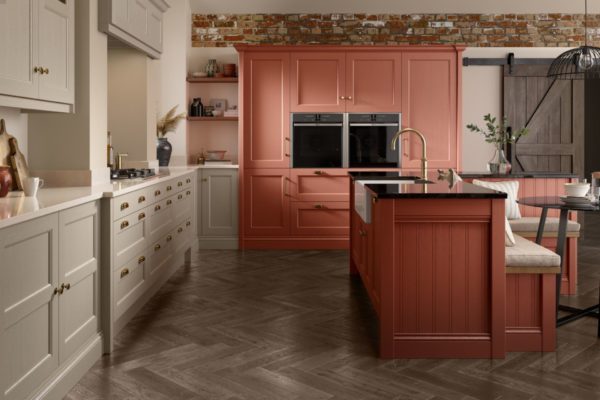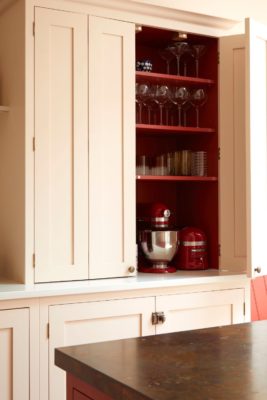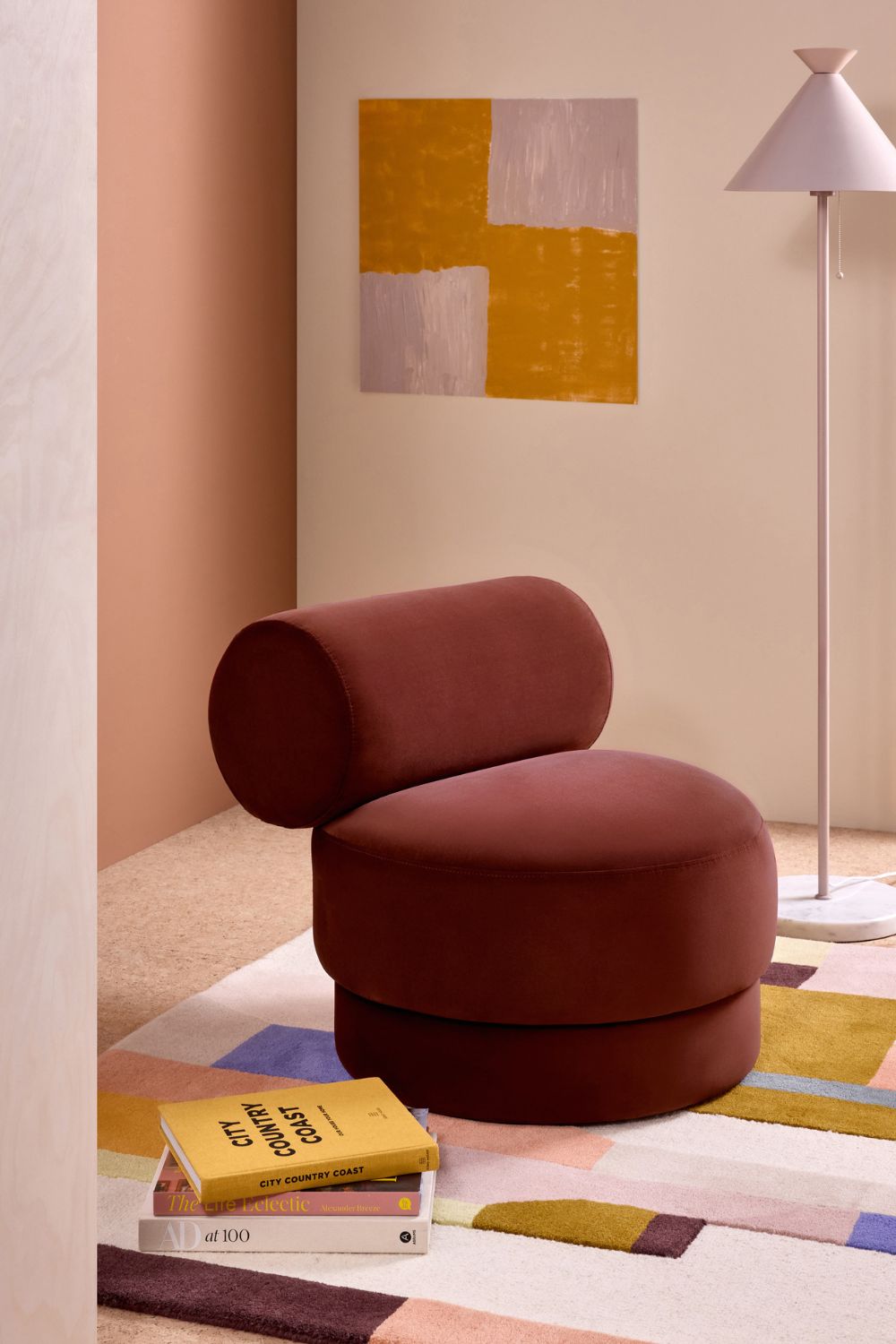
Is This Gen X Decluttering Hack The Key To A Minimalist Life?
By
2 months ago
‘Lessting’ is the new nesting
The winter gloom might have you desperate to hunker down and start nesting, but in the spirit of minimalism, the Gen X crowd is pioneering a new activity: ‘lessting’. Here are all the latest decluttering tips.
What Is Lessting?
In direct opposition to nesting – gathering your possessions and preparing your home for the arrival of a baby – nesting is all about re-assessing emotional attachments to your posessions and working towards a clearout. According to research by cleaning and laundry brand Dr Beckmann, the term encapsulates ‘the simple desire to live with less and create more space in the home.’
While nesting marks the beginning of an exciting time for new parents, its opposite speaks to ‘the bittersweet journey of decluttering’ – specifically for Generation X. ‘For 45 to 60-year-olds, lessting – simplifying their lives by shedding old possessions – is both a liberating and emotional task,’ state the experts at Dr Beckmann.
‘Decluttering can be transformative, especially as we start a new year, but it’s also very personal,’ adds Dilly Carter, a professional organiser (and the brains behind Stacey Solomon’s Sort Your Life Out). ‘Gen X is facing a unique crossroads, looking ahead to a simpler future while honouring the memories tied to their possessions.’
So, this buzzy new trend might not be as simple (or as fun) as it sounds, but it certainly has its benefits. ‘The key is to take it step by step, focusing on what truly adds value to your life now and whether you can see yourself using it in six to 12 months’ time,’ says Dilly. ‘There are a number of simple solutions that help reduce stockpiling in the home and save space in condensed areas.’
Here are some top ‘lessting’ tips from the experts…
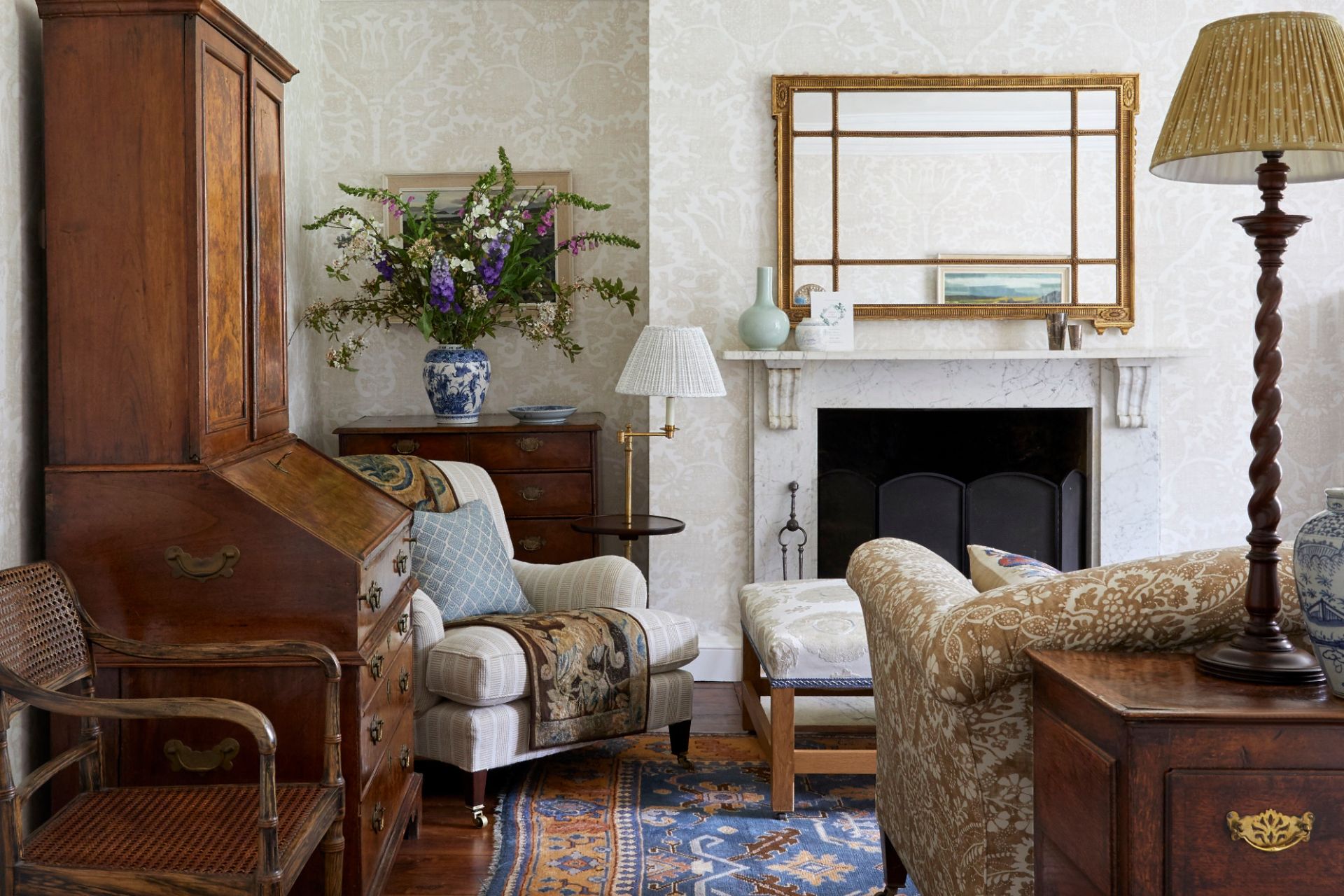
VSP Interiors (c) Paul Massey
Where To Start
Make A Plan Of Action
The trickiest part of any kind of decluttering is, of course, knowing where to start – so Dilly suggests tackling mess head on. ‘Begin with the areas that are troubling you the most,’ she advises. ‘However, if the thought of a big project overwhelms you, start small and work your way up. Even a single cupboard can make a difference; the key is taking those first (and sometimes scary) steps.’
Set A Decluttering Schedule
Once you finally get stuck into a clearout, you might feel a burst of motivation – but if you’re struggling to find the time or the energy to tidy, try making yourself a schedule.
‘Break each task into a manageable session,’ says Dilly. ‘Set aside a specific time each day or week to tackle each room or area which needs attention. Consistency helps avoid burnout and keeps you motivated.’
Set Goals For Each Space
Before you get down to the nitty gritty, think about the end goal. ‘Visualise how you want a space to feel and function before you start decluttering,’ says Dilly. ‘Whether it’s a minimalist wardrobe or a clutter-free kitchen, have a clear aim in mind and go in with purpose.’
Create Clear Sorting Piles
If you’ve decided to clear out a particularly large or crowded area, you’ll need to be methodical.
‘When tackling a space like the cupboard under the stairs or a drawer, empty it completely onto a clear surface or area,’ says Dilly. ‘Sort the items into three piles: keep, sell and donate. This will help you to visualise what you truly require and what can be rehomed and given to someone who needs it.’
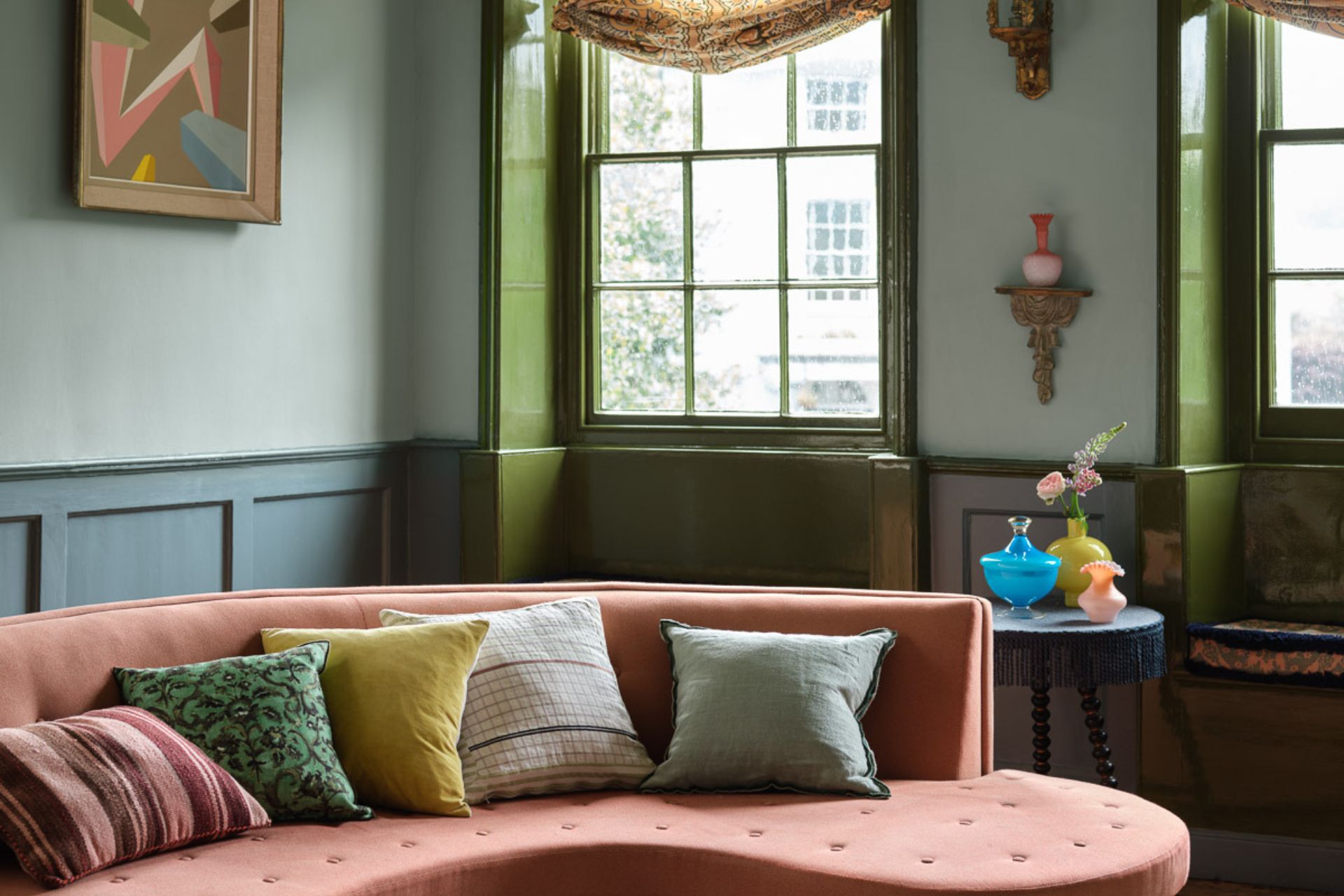
Benjamin Moore
Limit Duplicates
Once you begin sorting your possessions into piles, you’ll be able to identify duplicates and make a note of what you don’t need to buy – especially when it comes to things like cleaning products or pantry items.
‘Make a note of how many similar items you own,’ advises Dilly, ‘For example, how many cleaning products do you have for the toilet? And how many mugs do you really need? Then, set realistic limits based on your lifestyle. Aim to keep a manageable number of essential items that you truly love or use daily.’
Assess The Usage Of Each Item
When it comes to larger or more unique items, lessting is rooted in careful strategy – much like January’s viral Post-It note method. What’s most important is figuring out what’s needed and what’s simply taking up space.
‘Ask yourself: “When was the last time I used this?”’, states Dilly. ‘If the answer is a year or years and it’s gathering dust, this is a sign that you may no longer need the item, or it no longer serves a purpose in your life. Being honest with yourself can allow you to make more practical choices.’
Pay Attention To Your Emotional Response
Lessting might help you start afresh, but it’s also about re-examining those sentimental objects and honouring them if you really feel like you can’t let go.
‘Look at an item and think about how it makes you feel when you hold it or see it,’ says Dilly. ‘This can help you assess whether the item brings you a feeling of joy, sadness or evoke no feelings at all. If it doesn’t spark happiness or hold a meaningful purpose, it might inspire you to give it a new home.’
Enlist Help When Needed
As bittersweet as the process can be, you might find yourself in need of some support – both practically and emotionally.
‘Decluttering can feel overwhelming, so don’t be afraid to ask for help,’ Dilly emphasises. ‘A friend or a professional organiser can offer motivation and an objective take, while decluttering with a loved one can be a particularly rewarding task, bringing back fond memories as you sift through meaningful items.’
Adopt The ‘One In, One Out’ Rule
Once you’ve succeeded in clearing the clutter, you might argue that actually maintaining a clutter-free space is the most difficult part of the process – so you’ll need to be disciplined.
‘To prevent clutter from building up again, make a habit of removing one item for every new item you bring into the home,’ Dilly instructs. ‘This ensures you maintain balance and avoid over-accumulation. Invest thoughtfully in new homeware, and avoid keeping old items just in case; be honest about whether you’ll use them in the future.’

